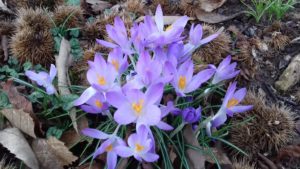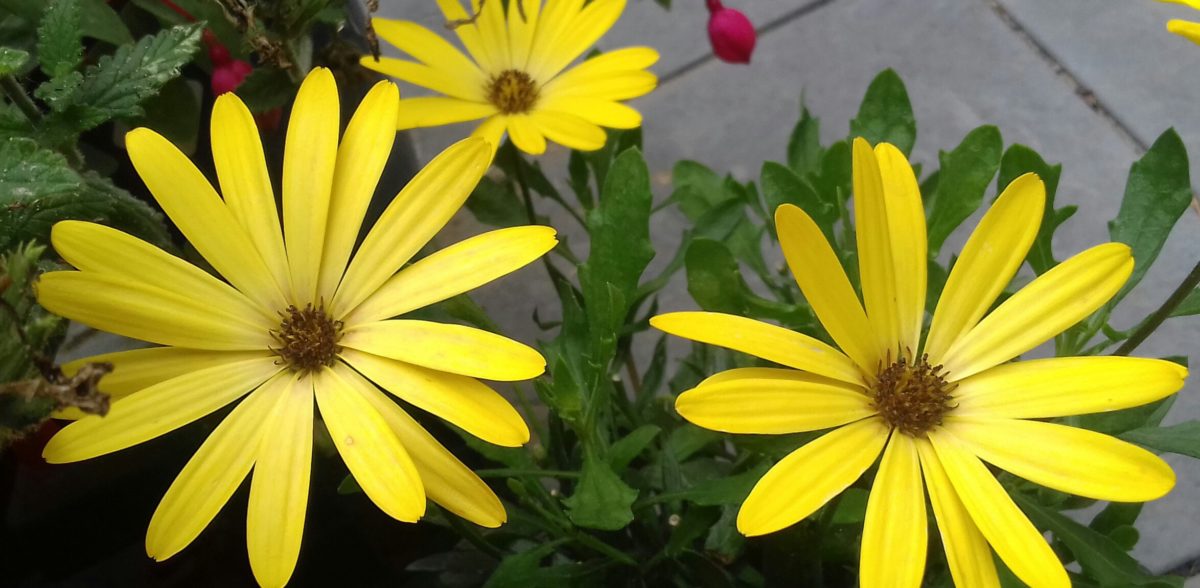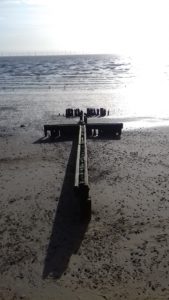
Grief is a deeply personal experience.
One size does not fit all.
There is no set timeline within which to feel or not feel a particular way.
It is unpredictable in nature.
Whilst there may be similarities, no two griefs are the same.
Grief is unique to the person experiencing it; shaped and influenced by the length, depth and health of the relationship between the bereaved and the deceased.
Whilst grief is rarely spoken about openly, the reality is that it doesn’t disappear following the funeral. I’m fortunate to work within a profession that gets this. And the more people I talk to, the more I discover a whole community of people who recognise and understand the enormity and complexity of grief as an ongoing experience which impacts the whole body.
Grief is not something that we can or should rush.
There is no short cut, no glossing over, no willing it, or worse still, praying it away. Just imagine the tragedy of asking the God who gifts us with the chance to live and to love, to take away that which makes us alive, (our capacity to feel) following the death of a loved one. Wouldn’t that be the equivalent to two deaths?
The simple overriding fact is that grief is hard.
As much as I long to return to life as it was before this bereavement, I can’t. The world that I inhabited no longer exists in the way that I knew it. Or rather it is no longer inhabited by the one who made it what it was. This will take some adjusting to.
Grief is not something that I or anyone else can put a timeline on. It takes as long as it takes.
To strive against the impact of death is to prolong it, to surrender is to facilitate it. A truth we may do well to apply to life.
Yet in reality, it is hard to be with grief. Much easier to avoid or distract from it. Except this leaves us imprisoned by the very sadness that is seeking release. A deadening occurs that steals our sense of aliveness and ability to be present. The paradox is that only by being with the pain of grief can our experience of it along with our corresponding ability to reengage with life, begin to alter. And we can’t ‘be with it’ the whole time. We have to learn balance.
However, all too often within our quick fix, instant gratification, I want it now culture, we expect everything to be as we wish immediately.
In the case of grief, we may just want to feel how we used to feel. It is hard to accept that the only way to get to a new ok is by being with and walking through the not ok. And that’s not easy, quick or painless.
Grief is not a straightforward journey. And It’s not like breaking a leg where your body forces you to a total standstill. You know you need complete rest before you can begin to use and rebuild your muscles. You know that if you walk on a broken leg, by ignoring the body’s natural warning system of pain, or because you’ve fallen in to the cultural trap of ‘being strong’ or ‘keeping going no matter what’, you will probably complicate the original break and prolong the recovery period.
Yet when we sustain a wounding to the heart, matters are not quite so clear cut. We can’t see the damage for a start and us humans often like to see before we believe. And we can’t feel emotional pain in the same tangible way that we feel physical pain. It can be easier to override the body’s natural warning system by convincing ourselves that we can and should, stiff upper lip it out. Ultimately, it can be easier with grief to carry on as normal instead of making time to rest and heal.
Until that is, the body takes over for grief cannot remain hidden or ignored for long before it begins to manifest in physical issues. For there is an honesty and purity within grief that becomes stifled when suppressed. And whilst we may be able to fool ourselves and others that we are ok when we’re not, the body cannot lie. It knows when it needs time out to allow the healing process to happen and if necessary it will complain via physical symptoms that get us to stop. We ignore these warnings at our peril.
Despite being more aware of this than most outside my profession, I’m still not getting the work/life/healing balance right myself. I thought I was doing well by managing all of my responsibilities but after a week of doing so, I developed an unsettled stomach that required me to relinquish my ability to be vertical. And its grumblings conveyed a ban on the entry of more food. Always a major struggle for me. But clearly my body needed more time to process.
The overall message from my body is that I cannot continue as if nothing has happened. As I’m all too aware that unprocessed emotional pain can weaken the immune system thus leaving it susceptible to every virus, cold and flu that is inevitably doing the rounds at this time of year, I’m trying to heed my body’s warnings.
I am beginning to realise that whilst I know it is ridiculous to walk around as normal following the break of a leg, I haven’t fully appreciated the folly of continuing as usual following a bereavement.
Subsequently, I am attempting to understand what this means and looks like within my own life. A process which is quite literally shaking and challenging my ideas as to what is and what is not important. As it does so it invites me to recognise and relinquish previously held ideals.
Ultimately, I’m beginning to surrender, as in really surrender, to the process of grieving. Not on my terms or timelines but to whatever needs to happen within me in preparation for whatever new season lays ahead. Because, just as with nature, we can’t jump to the new wanted season without first allowing the existing unwanted season to do its work of change and preparation.


